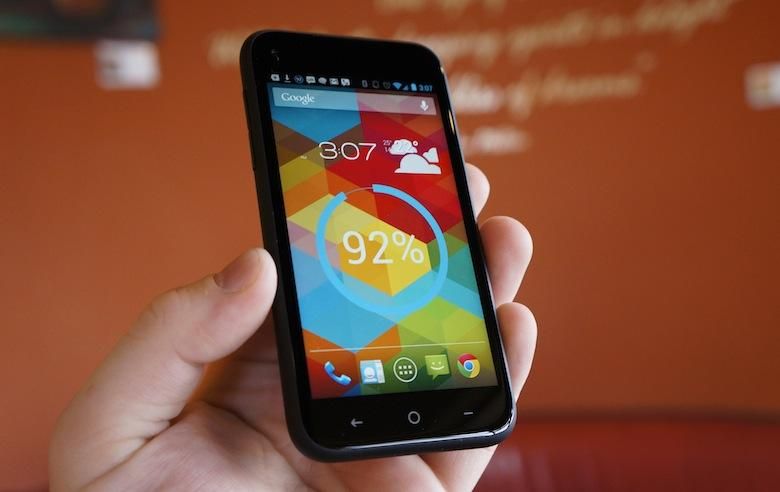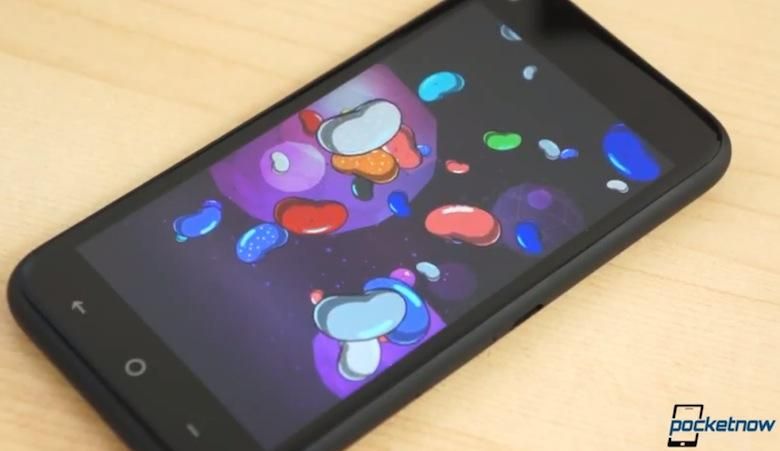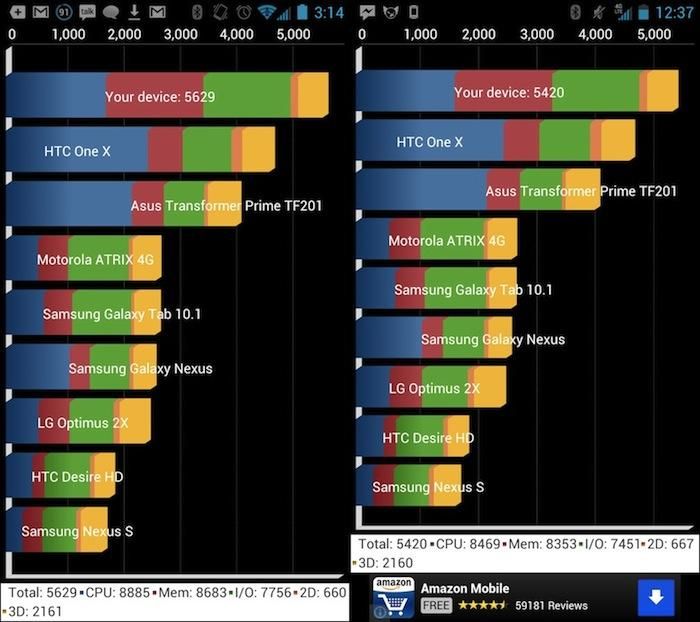In the mobile chipset space, Qualcomm has been the dominant party. From 2010 and the original Snapdragon to the Snapdragon S4 Pro and newest series, Qualcomm’s chips have been used in the vast majority of the most notable low- to high-end smartphones around the world.
In January, Strategy Analytics estimated that Qualcomm holds roughly 42 percent of the revenue share in the application processor market, and despite the competition heating up in the Android space, Qualcomm still holds an impressive 35 percent share. Samsung and MediaTek hold second and third in the application processor market with 27 and 12 percent, respectively. The company is still showing high year-over-year growth – 58 percent in Q3 2012 – in comparison to other vendors, such as NVIDIA.
The popularity and success of the Snapdragon S4 and S4 Pro should serve as a testament to Qualcomm’s dominance in the smartphone market. The most popular smartphones from the last year were powered by either the S4 or S4 Pro. The U.S. model of the Galaxy S III used the dual-core Snapdragon S4 chip. The HTC DROID DNA utilized the quad-core Snapdragon S4 Pro, as did the Google Nexus 4 by LG. And many of this year’s flagships use the S4 Pro or Qualcomm’s latest Snapdragon 600 chip. The Xperia Z and Xperia ZL use the S4 Pro; the LG Optimus G Pro uses the Snapdragon 600. And, most importantly, the HTC One and Samsung Galaxy S 4 both use the quad-core Snapdragon 600 chipset.
At CES, Snapdragon announced two other chips alongside the 600, the 400 and 800. We have yet to see or hear anything of the 800. There are no devices (that we currently know of) slated to use the Snapdragon 800. But there is at least one device utilizing the Snapdragon 400. The HTC First, a mid-range device targeting Facebook users.
In other words, the first phone using the Snapdragon 400 isn’t aimed towards anyone who would have any concerns with specifications, much less know what those specifications actually mean. And, to be fair, we never thought it would. But the Snapdragon 400 isn’t your run-of-the-mill mid-range processor.
Processor tech has come a very long way in a short period. And even Qualcomm’s low-end chipsets offer relatively high performance, even in budget phones.
Beneath Facebook Home, the HTC First comes with stock Android, which is easily accessible.
Lest we forget, we’re also running Jelly Bean on most new devices, high- and low-end, meaning they come with the huge benefits to Project Butter. This could be the end of true low-end smartphones as we know them. And mid-range and low-end Android devices may no longer be synonymous with lag, hiccups and poor performance.
We’ve had the HTC First in our lab for five days now. And despite the occasional instance of lag (which we confidently feel can be blamed on Facebook Home, as it’s much less predominant, if not entirely absent, when Facebook Home is disabled), the performance on the First thus far has been surprisingly great. Performance was exceptionally smooth while playing graphic-intensive games, like Asphalt 7. And while its scores in synthetic benchmarks were hardly the best we’ve seen to date (that title lies with its faster sibling, the Snapdragon 600, with scores exceeding 12,000 in the Quadrant Standard benchmark), it performs on par with flagships from last year with the Snapdragon S4, and its scores are just below those of devices running the S4 Pro.
We reserve our final opinion on the HTC First’s performance for the full review. But the initial impression exceeds our expectations for Qualcomm’s lower-end chip.
It doesn’t take a lot of knowledge about processors to piece together the fact that mobile CPU technology would eventually improve enough to eradicate poor performance on low-end and mid-range devices. If the HTC First is any indication, it’s very possible that time is now, that it’s the beginning of the end of true low-end performance, at least on devices running Qualcomm chips.
The synthetic benchmark performance of the HTC First is on par with last year’s flagship models.
More importantly, it means that even cheaper, mid-range devices don’t necessarily have to sacrifice performance or quality to hit a certain price point.
Case in point, yet again, is the HTC First. Yesterday, I made a video about how to disable Facebook Home on the HTC First. In the comments on YouTube, the very same question was asked several times: “Why would you buy the HTC First if you’re going to disable Facebook Home?”
It’s not that the question is naive. It’s a legitimate question, with an even more legitimate answer. It’s no secret that beneath Facebook Home is a (mostly) stock version of Android 4.1.2, and disabling Facebook Home effectively gives consumers exactly what they’ve been longing for – a stock Android device with LTE. The only other stock Android phone here in the States with LTE connectivity that immediately comes to mind is the Galaxy Nexus.
No, the First does not have mind-blowing specifications. It has a 1.4GHz dual-core Snapdragon 400 chip, 1GB RAM and a 5-megapixel camera. Its display is 4.3-inches at 720p for 342ppi. It comes with only 16GB built-in storage with no microSD card slot. And its battery is comparatively small at 2,000mAh.
But none of that is the point. The point is, for most users, this phone is all they will ever need. And unlike mid-range devices from last year, or any year before, the First runs exceptionally well. It doesn’t need a quad-core chip (most phones and users don’t either), and it doesn’t need over-the-top specs to get the job done.
For Android and users that don’t necessarily need the latest and greatest or the most expensive phone available, this is a huge win, a major step forward. And it’s a change that might alter the perception of many tech enthusiasts on always needing the newest phone with the most absurd specifications.
To that end, if the HTC First were just a tad larger (that 4.3-inch display is entirely too small for my ginormous thumbs), it’s a device I could see myself continuing to use, by choice, once the review is over. I love the minimal design and the performance is most definitely acceptable.



